At the end of this month, on March 25, the Justice Center Steering Committee may make a decision on whether to build a huge new Cuyahoga County-City of Cleveland courthouse facility or rehabilitate and expand the existing one at 1200 Ontario St. According to sources, the early odds have the committee preferring a new courthouse, primarily due to its lower cost over the next 30 years.
The committee has already decided to relocate the jails out of downtown to a low-rise campus facility. The only question is where.
For the courthouse portion, the committee wants to keep a new facility as close to the existing, 1977-built courthouse as possible. All of the support infrastructure is already there — nearby law offices, parking, the hub of public transportation and plenty of restaurants for employees, jurors and visitors.
Part of the calculus against rehabilitating and expanding the 1977 courthouse is the cost escalation factor. Before any construction could occur at the existing site, the new jail site would have to be chosen, designed and built over the next three years. Ditto for the new police headquarters. Then the old jail and police department facilities would need to be demolished, cleared and the site cleaned.
Only then could construction of the expanded courthouse and renovations of the 1977 facility begin, with their expected completion in about five to six years. That would also mean that the 1977 courthouse’s offices would have to be moved twice, including to an unidentified interim location.
Construction costs are escalating at 4-6 percent per year, so they also compound. Construction costs rising at only 4 percent annually would therefore increase by 23 percent over five years. At 6 percent over six years, the escalation would reach nearly twice as high. Also, reusing the existing site limits design efficiency and construction schedules.
 |
| Significant features discussed in this article are shown on the above satellite view. Other locations are shown for reference (Google). |
Consider that a new courthouse costing $400 million to $600 million could soon cost $492 million to $738 million if it had to wait for developable land to be made available at the existing Justice Center site. That influences the committee to look at sites that could be ready much earlier.
Those sites are complicated by the committee’s reported desire to not build a huge skyscraper and instead limit the courthouse to a mid-rise. That’s a difficult mission considering the new courthouse will contain at least 877,000 square feet of space and the availability of wide swaths of undeveloped land downtown appear to be diminishing relatively quickly.
So where might the new courthouse go? Across the street.
The hot rumor is that the committee is looking at a large city-owned property at the northeast corner of Lakeside Avenue and West 3rd Street for the new courthouse’s site. That property is the Fort Huntington Park, right across Lakeside from the Justice Center.
The park was to be the home of a replica of a tiny fort that briefly stood nearby during the War of 1812 but the replica was never built. Today, it’s a public greenspace that’s a bit off the beaten path and battered by winds unimpeded from nearby Lake Erie, making it inhospitable for much of the year. The fort and park were named after Samuel H. Huntington, Ohio’s third governor.
An even more exciting part of that rumored plan is that the 1.6-acre park would be relocated to where the Justice Center complex now stands. The existing Justice Center site totals nearly 7 acres. So the relocated park could be increased in size and still leave a significant amount of land around it for new development.
And a new, larger park would put the old park’s features — John Corrigan statue, Jesse Owens statue, Peace Officers Memorial and Oliver Perry statue — closer to the heart of downtown where more passersby could see them and learn about them.
The rumor comes with few details since we’re still early on in the courthouse decision-making process. So there’s a lot of what-if options about the park and potential development, still in the idea stage, that make this scenario more exciting.
One idea that could be considered is putting parking below the relocated park, much like Cincinnati’s rejuvenated Washington Park in the Over-The-Rhine neighborhood. That would alleviate the need for developers of surrounding parcels to try to finance the least cost-effective part of downtown housing – the parking.
A parking deck below the park could be filled night and day. At night, residents of new apartment and condo buildings would park there. In the daytime, it would be used by office workers, especially as 1,000 surface parking spaces will be lost starting next year to Sherwin-Williams’ headquarters development a block away.
This scenario — a new park surrounded by new residential development — works whether the 1977 courthouse is demolished or if it’s sold to someone wishing to try to rebuild it and convert it to housing or other new uses. When it turns 50 years old in a few years, the 1977 courthouse would be eligible for historic tax credits to help make this brutalist monolith potentially cost-effective for renovation.
But, according to contractors who built the 1977 courthouse, it wasn’t well constructed. It was built at a time of much mob corruption and many corners reportedly were cut. That plus political infighting caused the $60 million project to cost $128 million.
Perhaps the only thing worth keeping might be the caissons to bedrock, if the 1977 courthouse is dismantled rather than imploded. If analyses show the caissons are still strong after demolition of the 1977 courthouse, they could be repurposed to support a modern, lighter residential high-rise on the north side of the new park.
On the south side of the new park, along St. Clair Avenue, there is room for two more new buildings. These could also be residential high-rises. They would be across St. Clair from the Weston Group’s The Standard Apartments, a 21-story building originally built as offices in 1925 and renovated in 2018.
North of the new park and west of the site of the 1977 courthouse is room for a fourth building, possibly an office building. That site would put it across Lakeside from the new courthouse tower. It would be a terrific location for offering Class A space for law office tenants.
There actually is a new tower proposed in this area. Magellan Development Group of Chicago and Weston Group of Warrensville Heights are considering a roughly 30-story residential and hotel tower at the northwest corner of West 3rd and St. Clair.
A smaller office building just north of the residential-hotel tower was reportedly under consideration too. But that component would be part of the plan only if a large office tenant or two were signed in advance. The passage of the Transformational Mixed-Use Development tax credit makes this project more likely. It could also aid developments surrounding the new park, too.
The new park — especially if it had parking below it — across West 3rd from the Magellan-Weston site would make this and all of the surrounding developments more attractive and more financially viable.
How does this square with the possibility that the committee wants to limit the new 877,000-plus-square-foot courthouse’s height? As it turns out, potentially very well. The 1.6-acre Fort Huntington Park site is big. Its 70,000-square-foot plot of land is big enough that it could hold 2? 1977 courthouse towers built side-by-side. The 1977 courthouse tower has 28,000-square-foot floorplates.
So, let’s play what-if again. What if the new courthouse was built on a six-story, 100-foot-tall pedestal? That would make it roughly equal in height to the 1912 courthouse next door, home to the 8th District Court of Appeals. That pedestal would allow it to accommodate nearly half of the new courthouse’s space needs.
And what if the rest of the courthouse space was put in a tower atop the pedestal, right at the northeast corner of West 3rd and Lakeside? That would keep the tower from crowding up against and dominating the 1912 courthouse.
So the new tower above, offering comparable floorplates to the 1977 courthouse tower, could add another 17-18 stories. The total height of the pedestal plus tower would be 23-24 stories, or just under 400 feet high. It’s a lofty building to be sure, but not if the entire 877,000-plus square feet was put in a tower with 28,000-square-foot floorplates.
Where could the parking for some of the thousands of workers and daily visitors go? Building a parking garage on the existing the Justice Center site to serve a new courthouse wouldn’t work out timing-wise.?The parking would have to be built at the same time as the new courthouse tower.
One possibility is to replace the 46-year-old, four-level, 1,200-space Huntington Parking Garage with a new garage with more levels — much like Willard Park Garage behind Cleveland City Hall. In the 1990s, the city replaced that 1970s garage. It was a mirror of the Huntington garage. The new Willard Park Garage has twice as many levels and parking spaces as the old deck and so could a new Huntington garage.
Another option is for the county to build a new garage on land it already owns next to Courthouse Square,?310 Lakeside Ave. In 2003, the county acquired the site at 426 Lakeside to expand parking options for its many facilities and offices in the area. It is only a surface lot right now, offering more than 120 spaces. A deck built here could dramatically increase the number of parking spaces.
This site was where Felder Properties demolished the old Schoolbelles Uniforms building in the 1990s for Courthouse Tower, a 27-story mixed-use project featuring a DoubleTree Hotel. That project was abandoned in the 2001 recession.
The county also owns land below the elevated Shoreway — a roadway that is often considered for downgrading to become a street-level boulevard through downtown to reduce a physical barrier between the central business district and the lakefront.
Downgrading the Shoreway could also spur development of the many parking lots north of the Shoreway and west of West 3rd, which is where Fort Huntington actually stood. The fort could be honored on its actual site — not the location where Fort Washington Park is now. The county and C&K Properties Inc. own the site where the fort once stood.
Fort Huntington Park was established in 1937 for want of ideas of how else to develop this site. It was left neglected after a mostly residential neighborhood that stood here for decades was razed as part of the Group Plan of 1903. There were plans in the past for building additional court facilities or parking here but those efforts were resisted by the Early Settlers Association of the Western Reserve. The city formalized the park with major renovations in 1977.
Fort Huntington Park isn’t sacred ground. The original fort, comprised of a small, star-shaped stockade built of chestnut trees was actually located 500 feet to the northwest. Built as a defense of America’s border with British North America during the War of 1812, it briefly occupied a strategic location.
It was positioned west of Seneca Street (today’s West 3rd) and north of Lake Street (today’s Lakeside) on a bluff overlooking Lake Erie a century before the shoreline was pushed from the bottom of the bluff to farther out into the water. The fort’s primary defense was a single cannon mounted on wheels.
No one died here in defense of a nation here as no battles were fought here. A British warship, the Queen Charlotte, appeared off-shore in June 1813 as British forces sought to retake the Northwest Territory for British North America. But a sudden thunderstorm discouraged the ship’s commander from attacking the tiny village of Cleveland and its 250 citizens.
Forty years later, the actual fort site was chosen for the city’s first new Union Station railroad terminal below the bluff with the Lakeview Hotel, the Lake Shore Hotel and a smattering of residences atop the hill. No trace of the fort remained by the late 1800s, according to Sanborn Fire Insurance maps of 1886.
When there is a massive project like the new Justice Center on the drawing board, it’s an opportunity to shake the dust off some old ideas and put them on the front burner. One of those could be to properly honor a small facet of the Battle of Lake Erie with a replica of Fort Huntington where the fort actually stood, plus displays of Clevelanders’ efforts in building ships that served in the battle.
There is a lot involved if the county seeks to build the new courthouse on the site of Fort Huntington Park. But in so doing, it could put a larger park in a more hospitable, accessible location and make its surrounding land available to development to increase residential, Class A office and ground-floor restaurant/retail offerings in an attractive, urban park setting.
It may well be the best option available to address the goals and live within the constraints established by the Justice Center Steering Committee. And it would leave downtown Cleveland in a better, more vibrant condition than it was. Again, this is just a rumor, but it’s a very intriguing one. We’ll see in what direction the committee goes later this month.
END
- Cleveland Museum of Art’s $8M lobby reno starts May 1
- Downtown: Huron may close for street market
- Progressive Insurance puts offices up for sale
- Superman statue, creators’ tribute plaza near to landing in Downtown Cleveland
- Rocky River apartments to open May 1
- Renovated Odeon in Flats to reopen this year



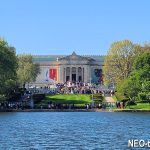
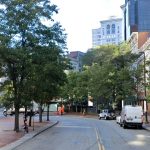


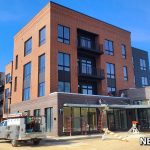

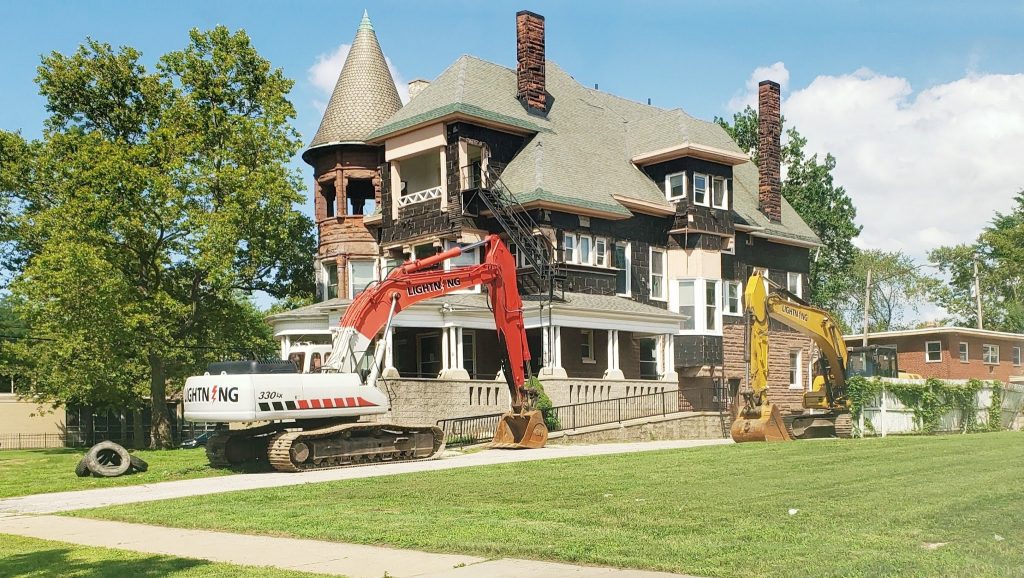
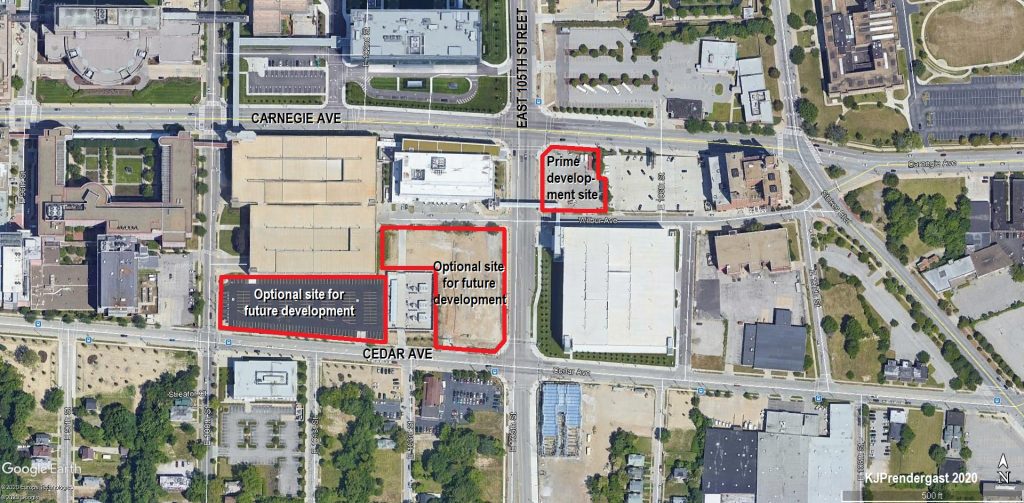
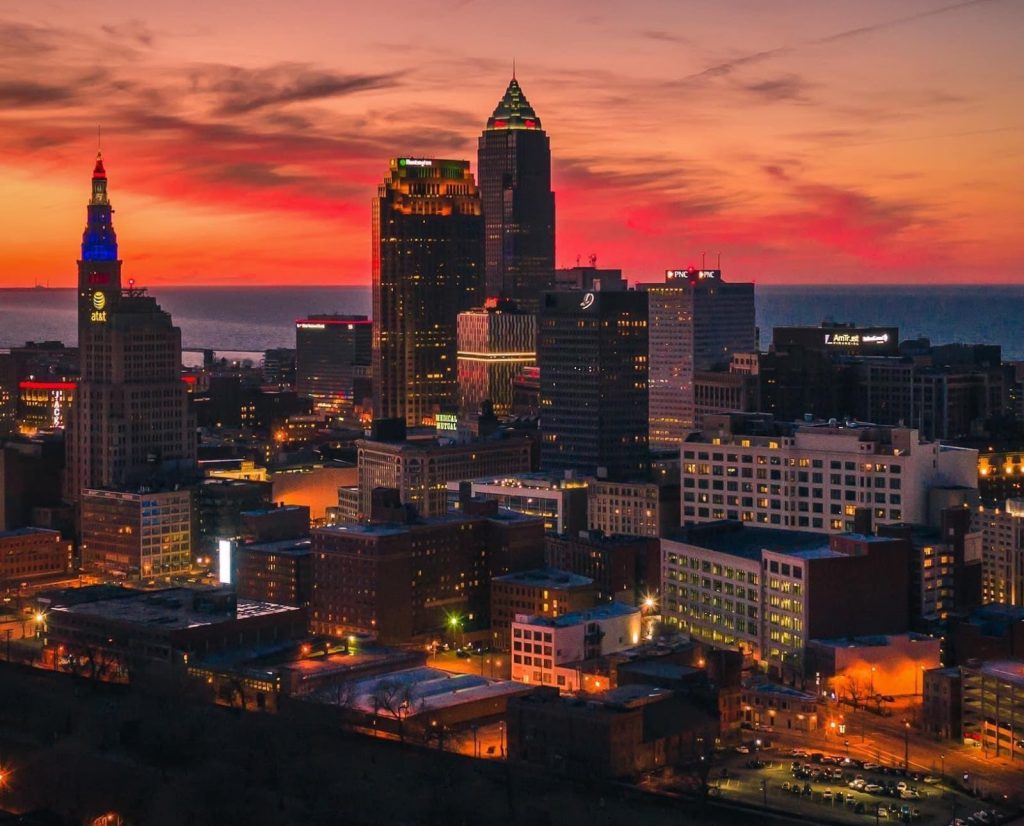
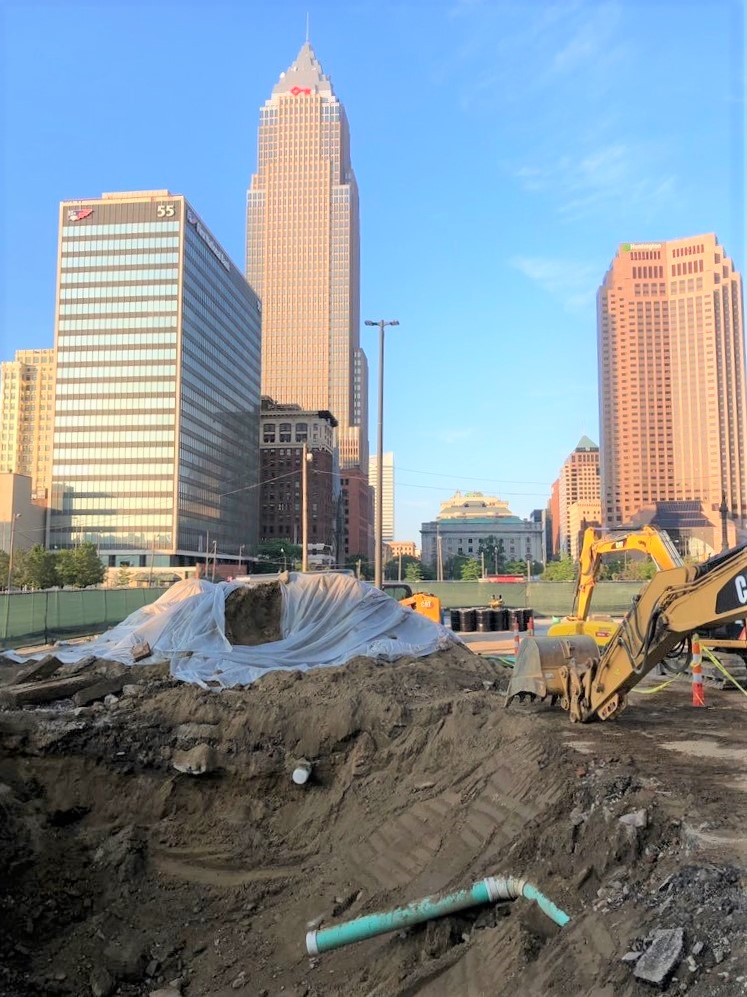
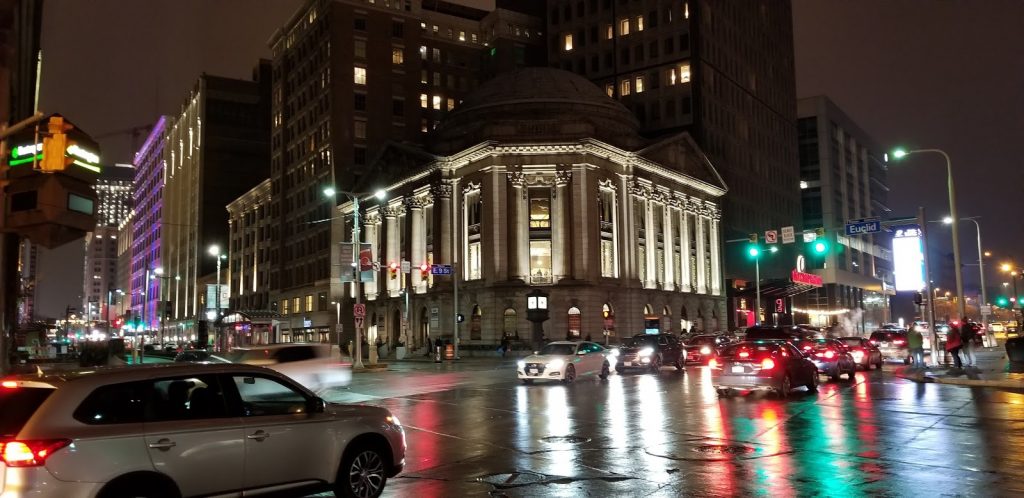
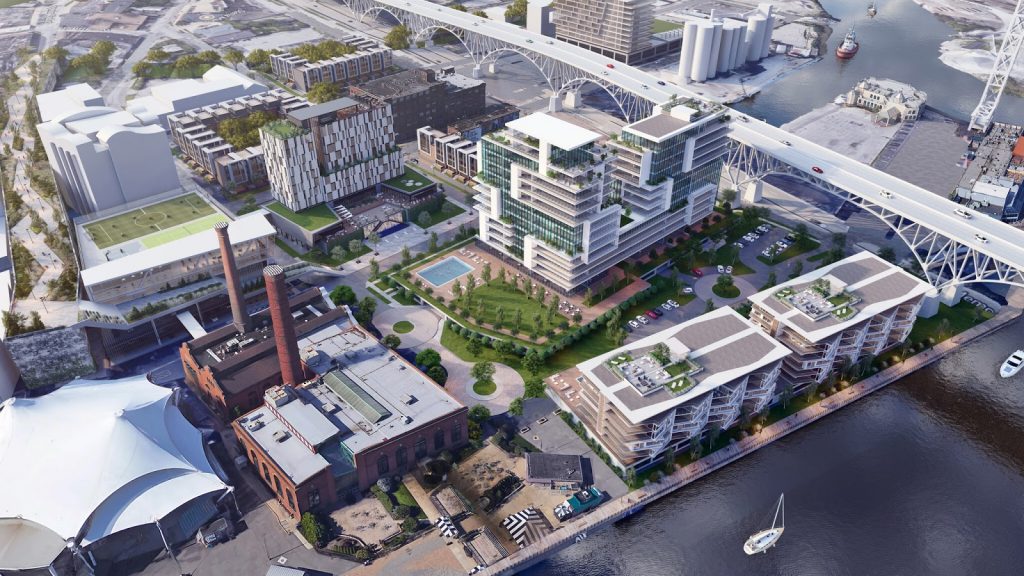
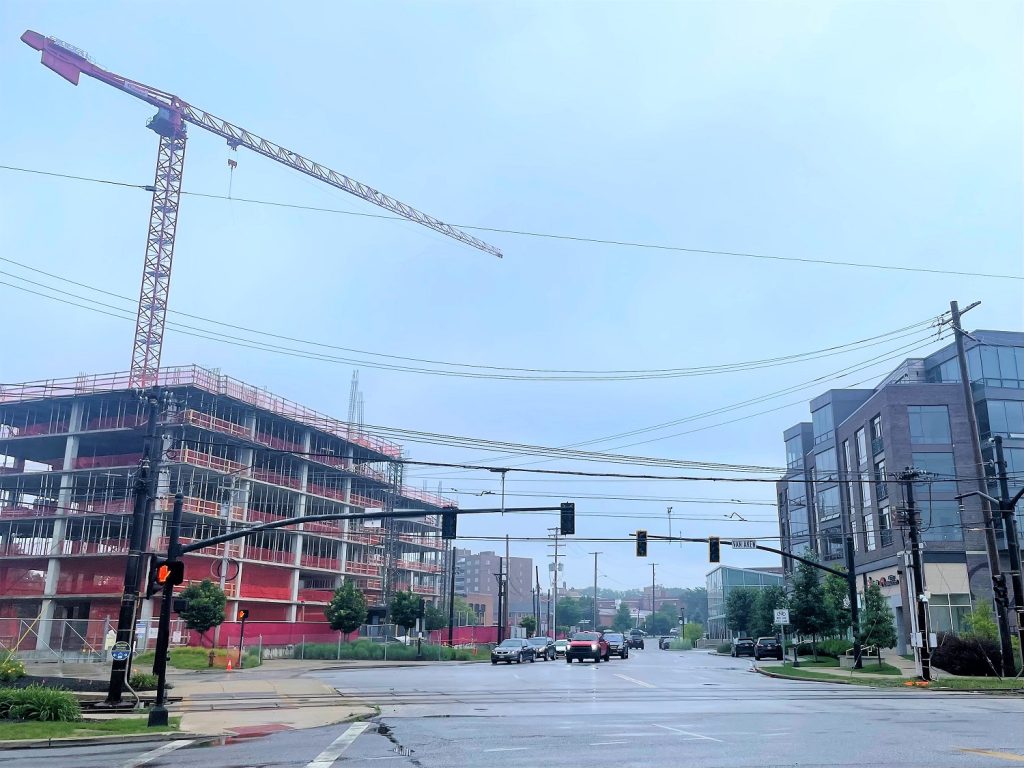
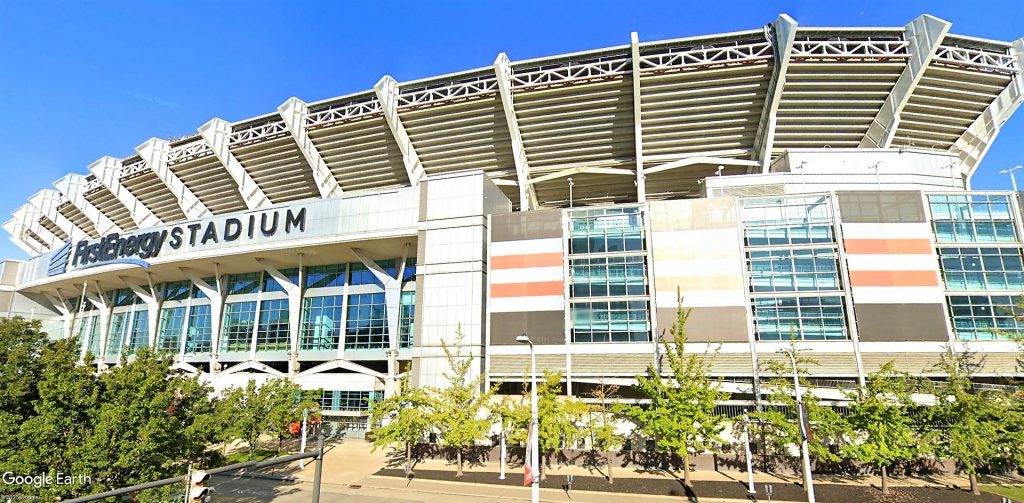
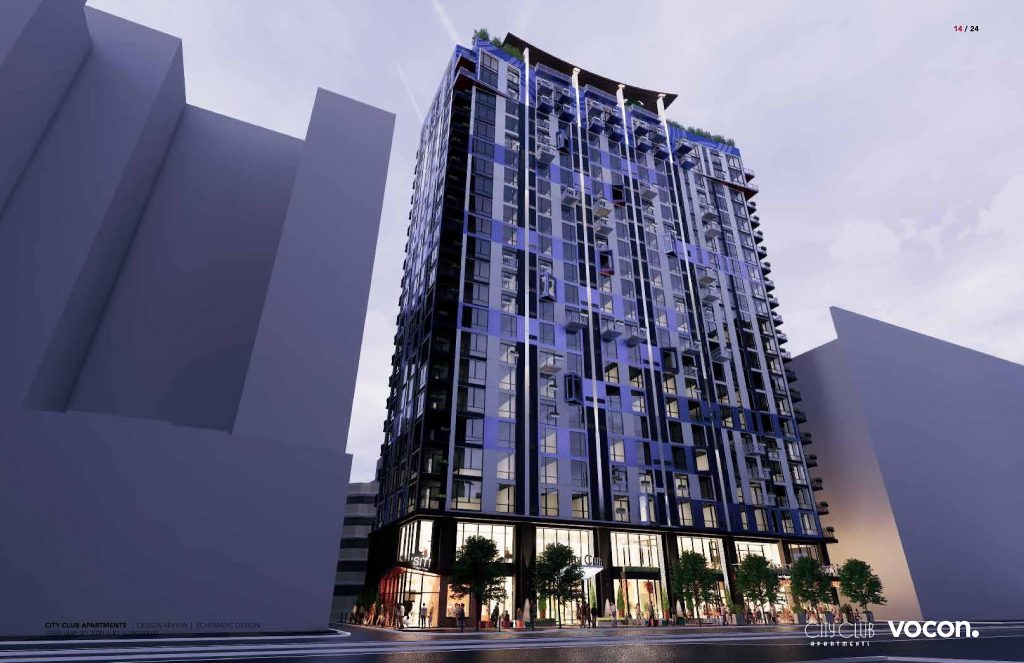
Comments are closed.